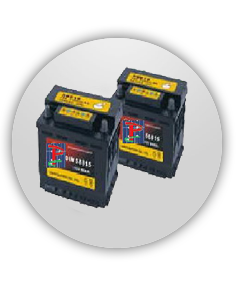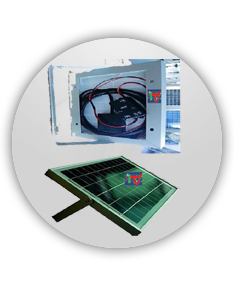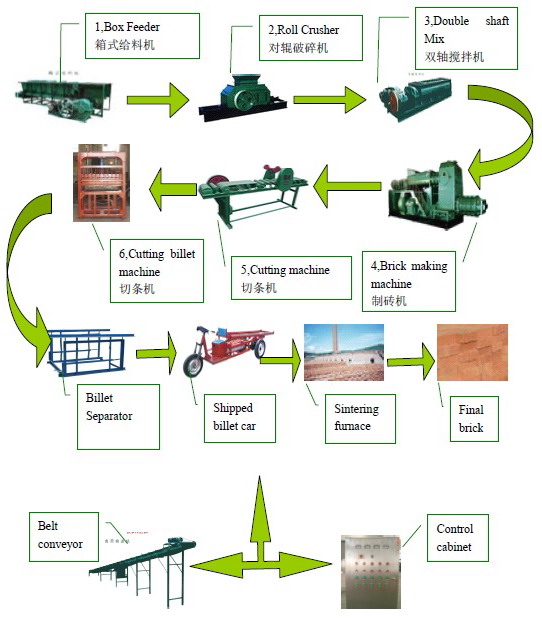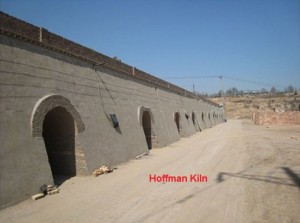A HHK consists of a main fire passage surrounded on each side by several small rooms. Each room contains a pallet of bricks. In the main fire passage there is a fire wagon that holds a fire that burns continuously. Each room is fired for a specific time, until the bricks are vitrified properly, and thereafter the fire wagon is rolled to the next room to be fired. Each room is connected to the next room by a passageway carrying hot gases from the fire. In this way, the hottest gases are directed into the room that is currently being fired. Then the gases pass into the adjacent room that is scheduled to be fired next. There the gases preheat the brick. As the gases pass through the kiln circuit, they gradually cool as they transfer heat to the brick as it is preheated and dried. This is essentially a counter-current heat exchanger, which makes for a very efficient use of heat and fuel. This efficiency is a principle advantage of the HHK, and is one of the reasons for its original development and continued use throughout history. In addition to the inner opening to the fire passage, each room also has an outside door, through which recently-fired brick is removed, and replaced with wet brick to be dried and then fired in the next firing cycle. Any fuel may be used in a HHK, including coal, gasoline, natural gas, heavy petroleum and wood fuel. The dimensions of a typical HHK are completely variable.














